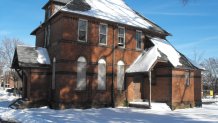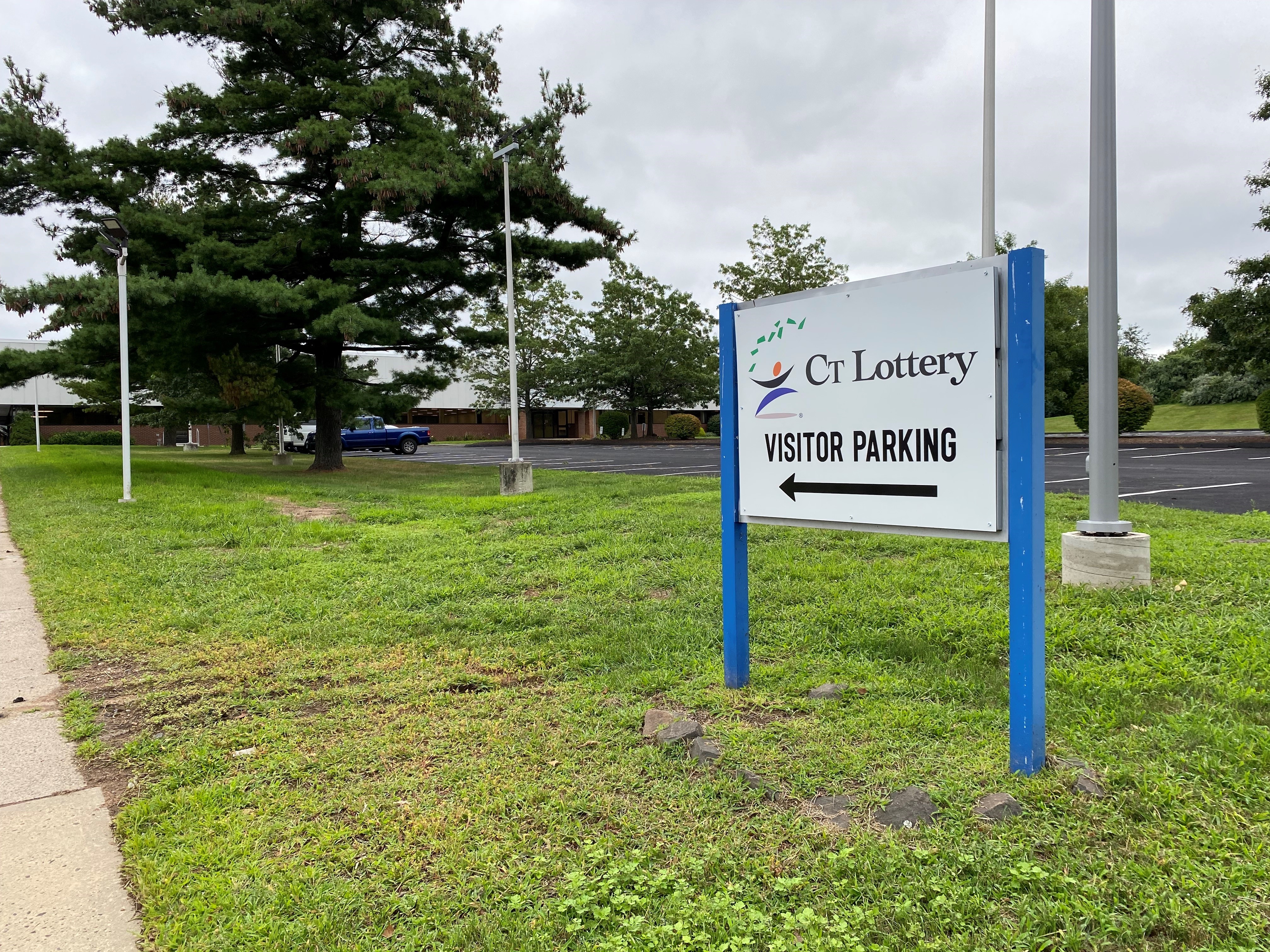Hartford is full of history, but unfortunately a lot of that history is disappearing.
There are more than 50 historic districts in the capitol city containing more than 5,600 historical buildings. The Hartford Preservation Alliance is on a mission to save those sites.
The preservation just put out their annual list of endangered buildings that they're making a priority to save.
For example, there's a spot located on Albany Avenue in the Clay Arsenal neighborhood that dates back to 1870, and at one point it was a brewery and a tavern. Now, it's pretty run down.
Get top local stories in Connecticut delivered to you every morning. >Sign up for NBC Connecticut's News Headlines newsletter.
But the preservation alliance, the city and the Clay Arsenal Revitalization Association are hoping a developer will buy and restore it.
"We've seen a lot of ways to readapt and reuse properties. All the good stuff that's happened downtown with the buildings were all historic preservation projects, the Hotel Sonesta, that's now the spectra apartments, triple seven main, they know that, you know, these savvy developers know that this is the way to go," said Mary Falvey, executive director of the Hartford Preservation Alliance.
Falvey said restoration is key.
Local
We're told the bones of many of these sites are really good and restoration is usually cheaper than demolition.
"Some developers will come through and say, 'Oh, we're going to build this great building, it'll be so energy efficient,' but by the time you add up the energy it takes to demolish a building, then build a new one. Never mind what we call, you know, the, the inherent energy that's already been put into the building over the years, it's going to be another 30 or 40 years before you recapture that," Falvey said.
There are 90 spots on the 2020 endangered buildings list.

The Hartford Preservation Alliance is passionate about preserving the Deborah Chapel on Ward Street. It was built in the 1880s and we're told it's likely to be demolished.
"These are historic places. It's not just the building, although a lot of these buildings are wonderful, but it's also the people that lived in them to people that moved in and out of them to people that worked in them," Falvey said.
"Thinking that, you know, since we had European settlers show up in 1636, and we only have maybe two recognizable sites left from the 17th century it is very sad for us," she continued. "Even if you're not directly descended from someone that came in 1636, you still are passing that on and you're making your own history and building on that."
As for what these spots will become - that's up in the air. They could be apartments, offices or another type of building.
But right now, the mission is just to get the funding and support needed to keep those sites safe.



